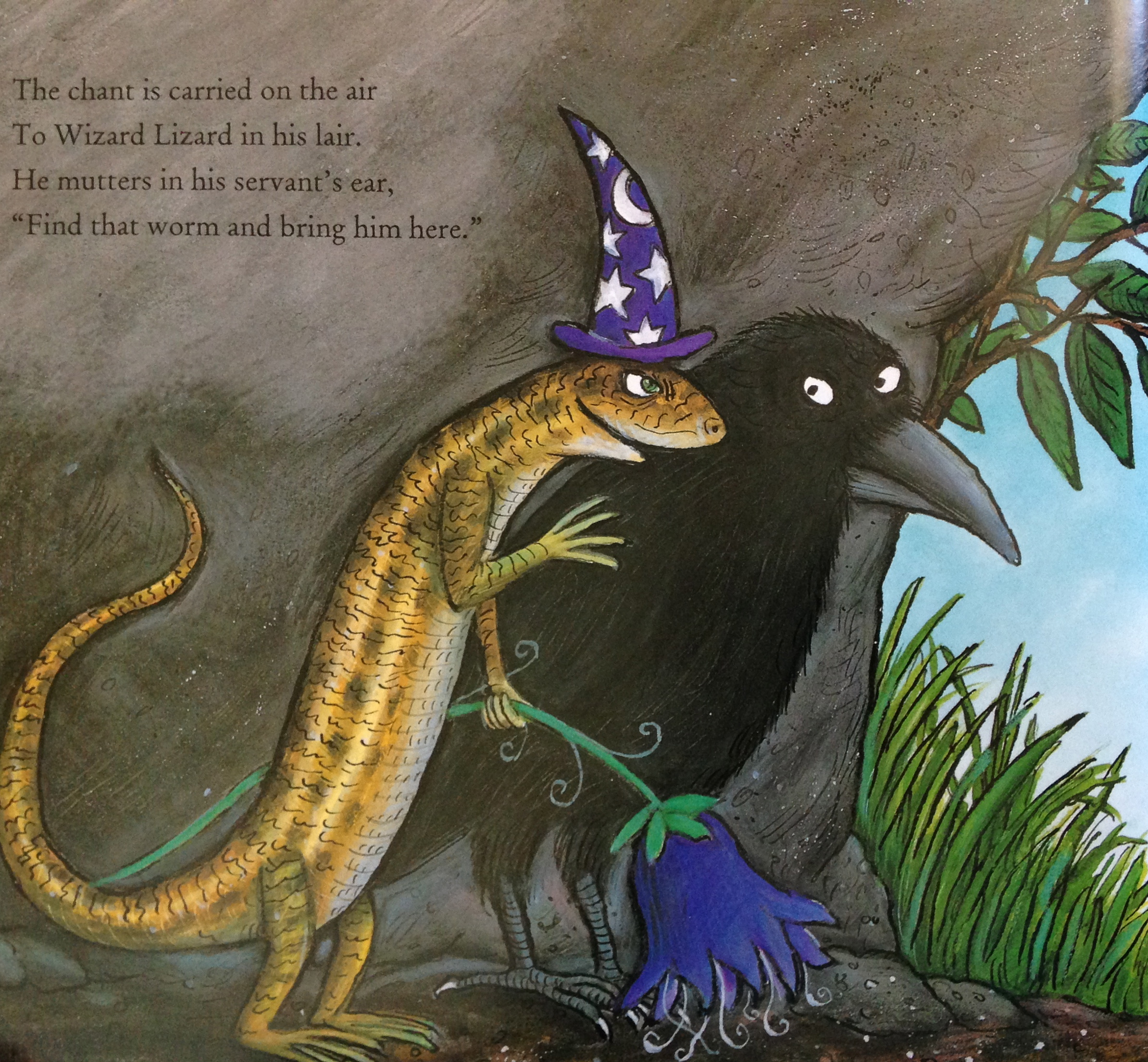

: 145 "Magic-User" continued to be used in the first edition Advanced Dungeons & Dragons (AD&D) rules. The 1st Edition of AD&D also included a subclass of the magic-user called the illusionist, which had different spell lists, different experience level tables, and slightly fewer maximum hit dice (10 instead of 11).

Gnomes were also able to become illusionists, even though only human, elves, and half-elves could become magic-users. Magic-user spells and illusionist spells were for the most part separated and had little overlap. "Magic-User" continued to be used in the basic Dungeons & Dragons rules set.Īdvanced Dungeons & Dragons 2nd edition Opposition schools in 2nd Edition Alteration Of all the AD&D classes, only the magic-user had spells of the 8th and 9th levels all other spell-casting classes were limited to spells of up to 7th level. The mage, as part of the "wizard" group, was one of the standard character classes available in the second edition Player's Handbook. : 84–85 The second edition of AD&D discarded the term "Magic-User" in favor of "mage". The second edition Player's Handbook gives a few examples of mages from legend and myth: Merlin, Circe and Medea. In this edition, the mage became an all-purpose wizard who could cast any wizardly spell, including many only available to illusionists in the first edition, like color spray and chromatic orb. The wizard spell list was unified, and illusionists became one of many specialist wizard types who focussed on a specific "school" of magic.


 0 kommentar(er)
0 kommentar(er)
